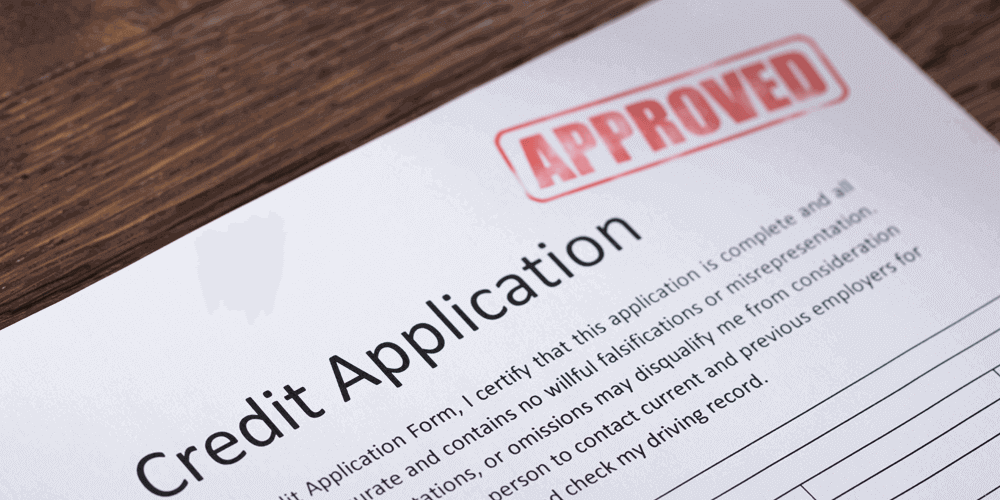What Is the Difference Between Pre-Qualified and Pre-Approved Loans?
Highlights:
- Both pre-qualified and pre-approved mean that a lender has reviewed your financial situation and determined that you meet at least some of their requirements to be approved for a loan.
- Getting a pre-qualification or pre-approval letter is generally not a guarantee that you will receive a loan from the lender.
- Being pre-qualified or pre-approved for a loan may help you prove to a seller that you are able to receive financing for your purchase.
If you’re in the market for a new mortgage or auto loan, you may have seen the terms “pre-qualification” and “pre-approval” throughout your search. Getting pre-qualified or pre-approved can be a helpful first step toward securing your loan.
Here’s what to know about getting pre-qualified for a loan vs. getting pre-approved and how each process works.
Are pre-qualifications and pre-approvals the same thing?
While pre-qualification and pre-approval are often used interchangeably by lenders, there are slight differences in each process.
Both terms generally mean that a lender has reviewed your financial situation and determined that you meet at least some of their requirements to be approved for a loan. The biggest difference between the two is that getting pre-qualified is typically a faster and less detailed process, while pre-approvals are more comprehensive and take longer.
Getting a pre-qualification or pre-approval letter is generally not a guarantee that you will secure a loan from the lender. However, it may help you prove to a seller that you are able to receive financing for your purchase. For both mortgages and auto loans, getting pre-qualified can help you determine how much money you can borrow so that you can focus on homes or cars within your budget.
What is a pre-qualified offer?
Pre-qualification is an early step in the home or car buying process during which the borrower submits financial data for the lender to review. This might include your income, bank account information and ideal loan and payment amounts, among other things.
Your lender will then review this submission and run a credit check to determine how likely you are to make your loan payments on time. The pre-qualification credit check is typically what’s known as a “soft inquiry” that will not hurt your credit scores.
Getting pre-qualified allows you to get an estimate of how much you can borrow, and also understand the different mortgage options available. It’s typically a quick and easy process that can be done online or over the phone with your lender. In fact, some banks may offer results in as little as an hour. Many pre-qualification processes don’t ask for tax statements or other more detailed financial information that a pre-approval process may require.
Although a pre-qualified offer isn’t a guarantee that you will receive the mortgage or auto loan amount you’re seeking, it can be a good way for you to gauge how much money your financial institution is willing to lend.
What is a pre-approved offer?
Obtaining a pre-approved offer is a lengthier process that requires more thorough investigation of the borrower’s credit history and other financial information. In the case of a mortgage, a pre-approved offer can indicate that you are more committed as a homebuyer, which can be particularly helpful in a competitive housing market or when you are ready to make an offer on a house.
Much like a mortgage, getting pre-approved for an auto loan will help you when you’re serious about buying a car, since it demonstrates you can get financing and helps you understand how much you can afford. Just like pre-qualification, a pre-approval does not guarantee a loan, but it provides a more precise estimate of how much your financial institution is willing to lend and shows that you are more serious about making a purchase.
Unlike pre-qualifications, pre-approvals typically require a “hard inquiry,” which can temporarily lower your credit scores. The lender may also ask for copies of your pay stubs, W-2 statements and signed tax returns from previous years. The process may take up to 10 days, but your pre-approval letter will include more details about the offer, such as a specific loan amount at a designated interest rate.
Do I have to spend the entire pre-approved amount?
Your pre-approval offer letter typically specifies an amount of money that the bank is willing to loan you. You do not have to use the full amount by any means, and it is generally a good idea to spend less.
After all, the pre-approval process usually does not take other expenses, such as existing debts or daily living costs, into account. Additionally, you might want to consider planning for the future. For example, if you have an unexpected financial emergency after agreeing to the pre-approval amount, will you still be able to afford your home or car? You may want to review your entire budget to determine what works best for your financial situation before you decide how much of the loan you want to take on.
Don’t forget to check your credit reports to get an idea of what lenders and creditors may learn about your financial habits when you apply for a loan. You can receive multiple Equifax credit reports with a free myEquifax account. Sign up and look for “Equifax Credit Report” on your myEquifax dashboard. You can also get free credit reports annually from the three nationwide consumer reporting agencies—Equifax, TransUnion and Experian—at AnnualCreditReport.com.

Sign up for a credit monitoring & ID theft protection product today!
For $19.95 per month, you can know where you stand with access to your 3-bureau credit report. Sign up for Equifax CompleteTM Premier today!



